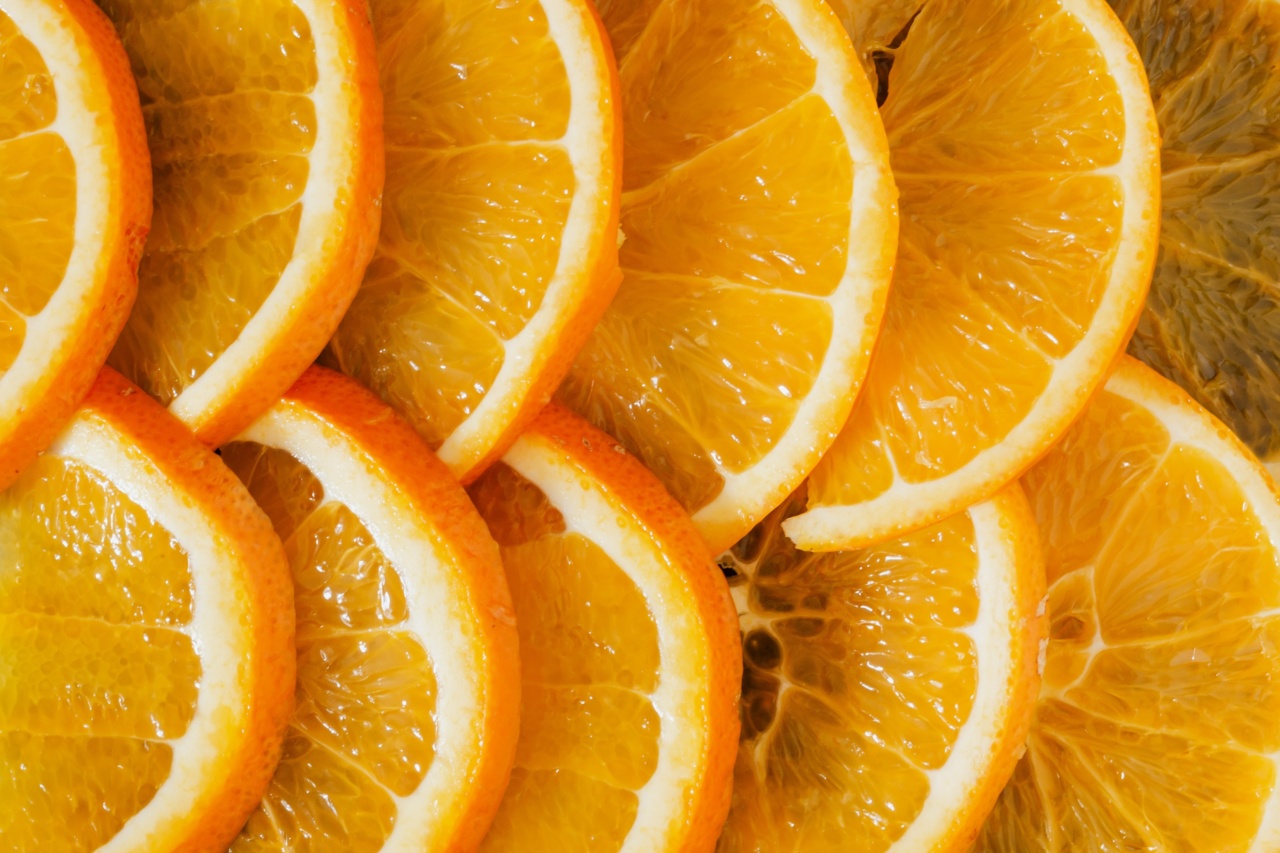Salt, also known as sodium chloride, is essential for our body to function properly. However, consuming too much salt can lead to high blood pressure, heart disease, stroke, and other health problems.
The American Heart Association recommends that adults should consume no more than 2,300 milligrams (mg) of sodium per day, and preferably no more than 1,500 mg per day.
Here are 30 simple tips to help you cut down on salt in your diet:.
1. Choose Fresh Foods
Processed foods, such as canned foods, packaged foods, and frozen meals, are usually high in sodium. Instead, choose fresh fruits, vegetables, and meats. If you have to use canned foods, look for low-sodium or no-salt-added versions.
2. Cook at Home
When you cook at home, you can control the amount of salt you add to your meals. Use herbs, spices, and other flavorings instead of salt. Try garlic, onion powder, cumin, curry powder, paprika, black pepper, and lemon juice.
3. Read Labels
Read the labels of packaged foods to see how much sodium is in them. Choose foods that have less sodium, and avoid foods that have more than 20% of the daily value of sodium.
4. Use Salt Substitutes
Salt substitutes, such as potassium chloride, can be used to replace some of the sodium in your diet. However, if you have kidney problems, you should talk to your doctor before using salt substitutes.
5. Eat Smaller Portions
Eating smaller portions of food can help you reduce your salt intake. Be mindful of how much you eat, and make sure you stop eating when you’re full.
6. Avoid Salty Snacks
Salty snacks, such as chips, pretzels, and crackers, are high in sodium. Choose healthier snacks, such as fresh fruits, vegetables, and unsalted nuts.
7. Use Fresh Herbs
Fresh herbs, such as parsley, basil, thyme, and rosemary, can add flavor to your meals without adding salt.
8. Choose Low-Sodium Cheese
Cheese is a good source of calcium, but it can be high in sodium. Choose low-sodium or reduced-sodium cheese, and limit your intake to one or two servings per day.
9. Limit Processed Meats
Processed meats, such as bacon, sausage, and deli meats, are high in sodium. Choose fresh meats, such as chicken, fish, and lean beef, instead.
10. Rinse Canned Foods
If you have to use canned foods, rinse them with water to remove some of the sodium.
11. Choose Fresh Fish
Fresh fish is lower in sodium than canned or smoked fish. Choose fresh fish, and try grilling or baking it with herbs and spices.
12. Avoid Soy Sauce
Soy sauce is high in sodium. Choose low-sodium soy sauce, or use other flavorings instead.
13. Make Your Own Dressings
Store-bought salad dressings are usually high in sodium. Make your own dressing with olive oil, vinegar, and herbs.
14. Choose Whole Grains
Whole grains, such as brown rice, quinoa, and barley, are lower in sodium than refined grains, such as white rice and pasta.
15. Avoid Condiments
Condiments, such as ketchup, mustard, and barbecue sauce, are usually high in sodium. Use them sparingly, or make your own low-sodium versions.
16. Cook with Wine
Wine can add flavor to your meals without adding salt. Try using wine instead of salt when you cook.
17. Choose Fresh Fruits
Fresh fruits are naturally low in sodium and high in nutrients. Choose fresh fruits, and avoid canned fruits with added sugar and sodium.
18. Eat More Vegetables
Vegetables are naturally low in sodium and high in nutrients. Choose fresh vegetables, and avoid canned vegetables with added sodium.
19. Avoid Fast Food
Fast food is usually high in sodium. Choose healthier options, such as grilled chicken or salads.
20. Choose Low-Sodium Broths
Broths and bouillons are usually high in sodium. Choose low-sodium versions, or make your own broth with fresh vegetables and herbs.
21. Avoid Frozen Dinners
Frozen dinners are usually high in sodium. Choose fresh meals, or make your own frozen meals with low-sodium ingredients.
22. Cook with Lemon
Lemon juice can add flavor to your meals without adding salt. Try using lemon juice instead of salt when you cook.
23. Avoid Salted Nuts
Salted nuts are high in sodium. Choose unsalted nuts, or roast your own nuts with herbs and spices.
24. Choose Fresh Herbs and Vegetables
Frozen and canned herbs and vegetables are usually higher in sodium than fresh ones. Choose fresh herbs and vegetables whenever possible.
25. Choose Low-Sodium Soups
Soups are usually high in sodium. Choose low-sodium versions, or make your own soup with fresh vegetables and herbs.
26. Cook with Garlic
Garlic can add flavor to your meals without adding salt. Try using garlic instead of salt when you cook.
27. Avoid Pickled Food
Pickled food, such as pickles, olives, and capers, are usually high in sodium. Choose fresh options instead.
28. Use Fresh Lemon as a Seasoning
Fresh lemon can be used as a seasoning to add flavor to your meals without adding salt.
29. Avoid Seasoning Salt
Seasoning salt is usually high in sodium. Use other flavorings, such as herbs and spices, instead.
30. Choose Low-Sodium Breads
Breads are usually high in sodium. Choose low-sodium breads, or make your own breads with low-sodium ingredients.
By following these tips, you can reduce your salt intake and improve your overall health.






























